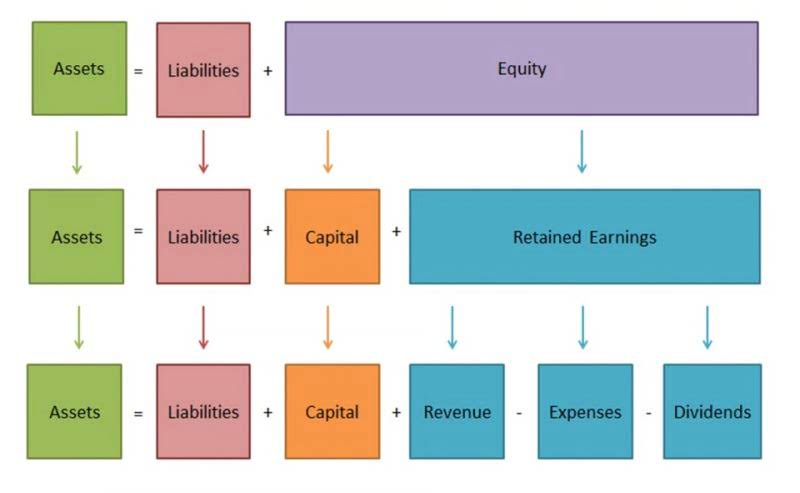
This process smooths earnings by spreading the expense across multiple periods, potentially leading to more consistent profitability metrics. For example, a technology firm that capitalizes software development costs may report steadier earnings growth, which can be advantageous in maintaining investor confidence and stock price stability. Under IFRS, development costs can be capitalized when certain criteria in IAS 38 are met. The general problem for companies is that future benefits from research and development are uncertain to be realized, and therefore R&D expenditures cannot be capitalized. Accounting standards require companies to expense all research and development expenditures as incurred.

BAR CPA Practice Questions: The Effect of Supply, Demand, and Elasticity on a Product
Companies aiming to maintain a competitive edge through innovation must understand how R&D activities impact financial management for strategic decision-making. Entities must identify impairment triggers, such as changes in market demand, technological advancements, or legal challenges. For example, a tech company might face impairment if a competitor releases a superior product. In such cases, the recoverable amount is calculated, and the asset is written down if it is lower than the bookkeeping carrying amount. This adjustment ensures a realistic financial position and prevents misleading investor insights.
- These rules are designed to prevent profit shifting and ensure that R&D expenses are allocated appropriately across jurisdictions.
- Utilizing project management software like Jira or Asana can aid in maintaining and organizing these technical documents.
- Regular reassessments are crucial to align estimates with any changes in project scope or external factors.
- Meta already had the internal resources necessary to build out a virtual reality division.
- This deferred expense recognition can smooth earnings over time, reducing volatility and potentially making the company’s financial performance appear more stable.
- Where the conditions no longer exist or are doubtful, the capitalised costs should be written off to the profit and loss account immediately.
Evaluating the Criteria for R&D Cost Capitalization
These stages include initial lab research, testing in humans, and making trial versions of the drug. Few people, however, appreciate how pervasively R&D affects American industry. A study of all publicly held U.S. corporations, other than utilities, transportation, and financial enterprises, reveals that more than 50% reported at least some R&D in the last five years. According to the Federal Reserve Bank of Philadelphia, R&D grew from 1.8% of U.S. nonfinancial corporate gross domestic product in the 1970s to 2.9% in the 1990s. Learn about emerging trends and how staffing agencies can help you secure top accounting jobs of the future. R&D activities include efforts to create new knowledge or intellectual property.
What’s the Benefit of R&D Capitalization?
So, you decide to transform it into an asset by capitalizing these costs on the balance sheet instead of expensing them on the P&L. R&D capitalization is the practice of recording R&D expenses as an asset on your balance sheet, rather than immediately expensing them in your SaaS P&L. Explore the principles, practices, and financial impact of R&D capitalization, including reporting standards and tax implications. Differences between book and tax treatment may lead to deferred tax assets and affect effective tax rates.
A Strategic Guide to R&D Capitalization for SaaS Companies

It often creates a lot of volatility in profits (or losses) for many companies, as well as difficulty in measuring their rates of return on assets and investments. This credit was enacted under Section 41 of the Internal Revenue Code and encourages innovation by providing a dollar-for-dollar reduction in tax obligations. The eligibility criteria were expanded by the Protecting Americans from Tax Hikes (PATH) https://www.bookstime.com/ Act of 2015. Basic research is aimed at a fuller, more complete understanding of the fundamental aspects of a concept or phenomenon. These activities provide a basis of information without directed applications toward products, policies, or operational processes.
- In this scenario, it may be concluded that the use of enabling technology is encompassed within existing products, IPR&D, and yet-to-be defined technology (i.e., goodwill).
- The threshold state income tax consideration is whether and if so, how a state conforms to the US tax code.
- A lower ratio may signal a stronger financial position, potentially leading to favorable borrowing terms.
- Companies must track indirect costs separately to allocate them fairly across multiple R&D efforts.
Capitalizing R&D costs defers expenses and enhances asset values on the balance sheet, which can affect key financial ratios such as return on assets (ROA) and earnings before interest, taxes, depreciation, and amortization (EBITDA). However, it requires rigorous documentation and justification to withstand scrutiny from auditors and regulators. Amortization and impairment play key roles in reflecting the ongoing value of IPR&D. Once a project is completed, amortization allocates the cost over its useful life, aligning expenses with revenue generation. The choice of what is r&d in accounting method, whether straight-line or accelerated, impacts financial reporting and tax obligations, requiring strategic consideration. Explore how R&D accounting choices affect financial statements, tax credits, and cost allocation strategies.
